Challenge
When photovoltaic (PV) modules are installed directly on the ground, the land area beneath them is typically rendered unusable for other purposes. However, using dual-axis tracking systems can increase the energy yield of PV modules by up to 35%. In this case, sufficient spacing between the modules is required to prevent shading. An alternative approach is to install PV systems elevated above the ground, allowing for simultaneous electricity generation and agricultural use of the land below — an approach known as agrivoltaics or agrophotovoltaics. This raises the question: is it feasible to implement a photovoltaic system above agricultural land to produce electricity while maintaining intensive agricultural production? Furthermore, could there be synergistic effects between both systems?
Invention
In an agricultural solar plant with PV modules raised several metres above the ground by equally spaced masts, 80% of the solar radiation reaches the ground, allowing plants to grow. When it rains, the PV modules are automatically shifted into a horizontal position to collect rainwater, which is stored in an underground cistern. This water can then be used for irrigation, delivering water directly to the plants' roots. It can also be used to cool the PV modules in a cooling circuit, preventing power loss caused by high temperatures. Another thermal exchange circuit is installed underground to transmit solar heat to the ground and stimulate vegetation.
Advantages
- Double usage of a ground for agricultural production and electrical power generation
- Improved performance of the biaxial tracked PV-modules
- Improved performance of the thermally cooled PV-modules
- Increased agricultural production with an irrigation system
- Prolongation of the vegetation period by thermal conditioning of the ground
Applications
- Decentralised energy production in rural environments
- Introduction of an agricultural water supply system
- Provision of agricultural infrastructure, which can be implemented using sun shading and greenhouses between the masts
- Provision of electrical power for agricultural machinery
